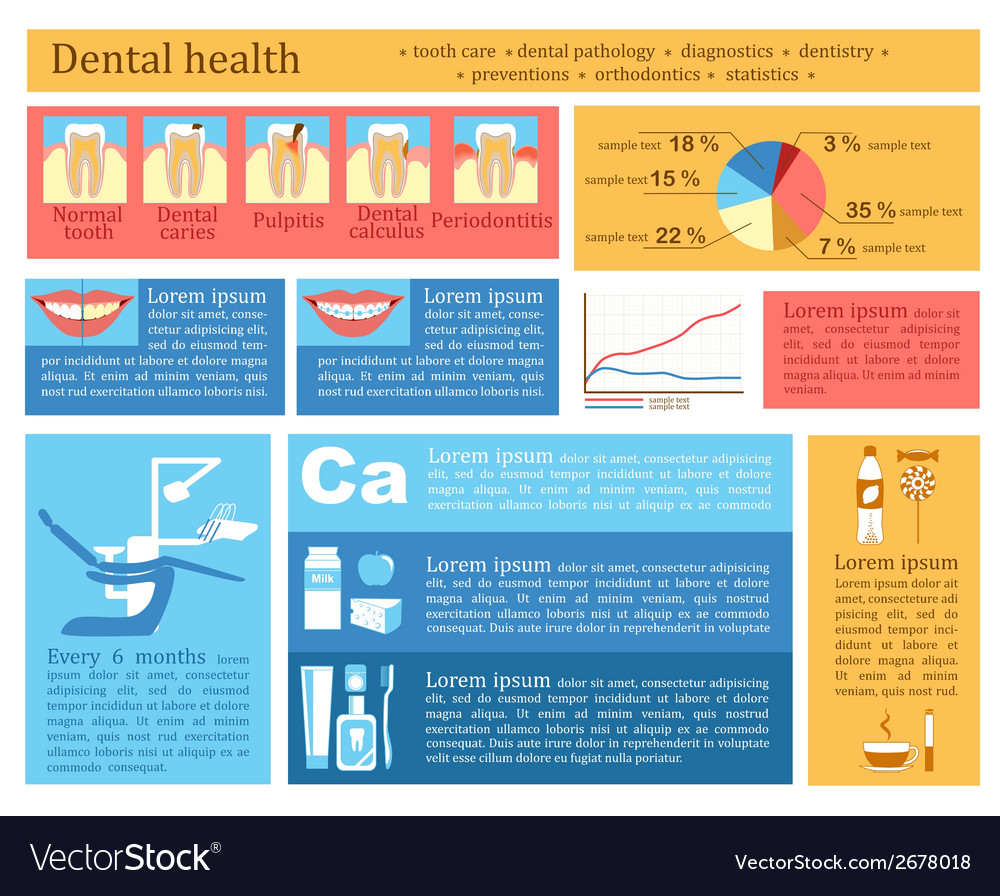The Development Of Dental Surgery: Pioneering Innovations And Progresses Defining The Area
The Development Of Dental Surgery: Pioneering Innovations And Progresses Defining The Area
Blog Article
Web Content Produce By-Kokholm Jefferson
Invite to the globe of dental surgery, where developments and advances are forming the future of the field! In this exciting world, you'll witness the transformative power of robotics, the sophisticated wonder of 3D printing, and the game-changing influence of minimally invasive strategies.
The future of dental surgery holds a promise of accuracy, efficiency, and enhanced individual outcomes. With simply click the next website page of innovative robotics, surgeons are able to carry out complicated procedures with better accuracy and control.
3D printing innovation is reinventing the development of oral implants and prosthetics, supplying personalized solutions that fit seamlessly right into each patient's distinct composition.
In addition, minimally intrusive techniques are minimizing post-operative discomfort and healing time, allowing patients to go back to their day-to-days live faster.
Get ready to discover the exciting advancements and developments that are reshaping the landscape of dental surgery!
Advancements in Robotics
One significant advancement in dental surgery is making use of robot technology, which permits specific and effective operations. With the help of robotic systems, oral specialists have the ability to execute complex surgical treatments with improved accuracy, minimizing the threat of human mistake.
These robotic systems are equipped with sophisticated imaging modern technology and precise instruments that allow surgeons to navigate through intricate physiological structures easily. By using robotic innovation, cosmetic surgeons can accomplish better medical accuracy, causing enhanced individual results and faster recovery times.
Furthermore, making family dentist spring of robotics in oral surgery allows for minimally invasive procedures, lowering the trauma to bordering cells and promoting faster healing.
3D Printing in Dental Surgery
To improve the field of dental surgery, you can check out the subtopic of 3D printing in oral surgery. This cutting-edge innovation has the prospective to reinvent the means dental specialists operate and treat people. Here are four vital methods which 3D printing is shaping the area:
- ** Customized Surgical Guides **: 3D printing allows for the production of highly precise and patient-specific surgical overviews, improving the accuracy and performance of procedures.
- ** dr austin hill **: With 3D printing, dental doctors can create personalized implant prosthetics that perfectly fit a person's unique anatomy, leading to much better end results and individual complete satisfaction.
- ** Bone Grafting **: 3D printing allows https://www.openpr.com/news/3156167/dental-implants-market-2023-industry-trends-danaher-dentsply manufacturing of patient-specific bone grafts, reducing the demand for conventional grafting methods and improving recovery and recuperation time.
- ** Education and Educating **: 3D printing can be used to create realistic medical designs for instructional objectives, enabling dental cosmetic surgeons to practice complicated treatments prior to executing them on patients.
With its potential to enhance precision, modification, and training, 3D printing is an interesting advancement in the field of dental surgery.
Minimally Invasive Methods
To additionally progress the field of dental surgery, welcome the potential of minimally intrusive techniques that can substantially profit both doctors and clients alike.
Minimally invasive methods are reinventing the field by reducing medical trauma, lessening post-operative pain, and increasing the healing process. These strategies entail using smaller incisions and specialized instruments to do procedures with accuracy and effectiveness.
By making use of sophisticated imaging innovation, such as cone light beam calculated tomography (CBCT), specialists can accurately plan and execute surgical treatments with marginal invasiveness.
Furthermore, the use of lasers in dental surgery allows for exact cells cutting and coagulation, leading to lessened blood loss and lowered recovery time.
With minimally intrusive strategies, clients can experience faster recuperation, minimized scarring, and improved outcomes, making it an essential element of the future of dental surgery.
Conclusion
So, as you can see, the future of oral surgery is incredibly appealing, with interesting advancements and breakthroughs shaping the field.
From the developments in robotics to the use of 3D printing and minimally invasive methods, dental doctors are reinventing the means they provide treatment.
While some might bother with the potential cost connected with these improvements, it's important to keep in mind that these innovations inevitably improve person results and minimize recuperation time, making them well worth the investment in the future.
